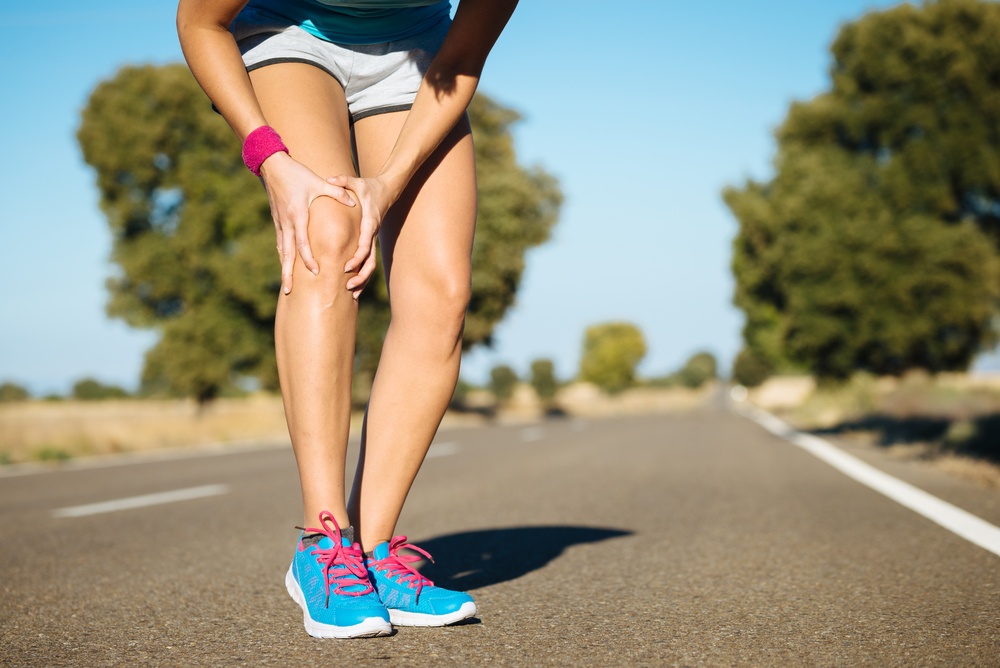Without a doubt, you need a healthy set of knees to be a runner. The problem is, running puts a lot of stress on our knee joints: with every step we run high impact jolts the joints. This is why runner’s knee so commonly affects runners, from the Brooklyn Half Marathon Trainer to the morning jogger. Here’s how to avoid and treat runner’s knee.
Runner’s knee, or patellofemoral pain syndrome, is a general term that can describe a few different types of injury that occur in the area underneath your knee cap. Most commonly the pain from runner’s knee is caused by chondromalacia patella, a condition in which the cartilage under the kneecap starts to break down. Bursitis or other types of irritation can also occur under the kneecap simply from overuse. If you have runner’s knee, you may feel pain anywhere around the joint. The pain may subside when running, but it will usually feel even worse afterward. Bending, squatting, climbing stairs, may all exacerbate the pain.
While many things can cause runner’s knee, it is most likely to start up if you’re quadricep muscles are too weak. The best way to avoid runner’s knee is to strengthen your quadriceps so it can properly support the joint during your runs. Along with strengthening, stretch your quads, hamstrings and other surrounding muscles so that they don’t pull on the joint and irritate the tissues under the kneecap.
If you do start feeling pain, you must stop your usual running routine. Rest, ice, and anti-inflammatories will be necessary before you can begin exercise again. Visit your orthopedist before the pain becomes unbearable. At this point, physical therapy is usually enough to treat runner’s knee. A physical therapist can show you the proper way to strengthen your quadriceps without irritating the joint as well as manually stretch your knee to relieve tension and irritation.
Your orthopedist may also suggest incorporating glucosamine supplements into your diet to help cartilage generation. If you still feel pain after a few sessions of physical therapy, a corticosteroid injection can help relieve pain and inflammation in the joint. Your orthopedist can suggest the best treatment path to get you back on the track.
Dr. Leon Popovitz and Dr. Michael Mizhiritsky, along with their team of best-in-class orthopedic physicians, are known for their exemplary orthopedic surgical skill and best-rated physical medicine and rehabilitation program. This, along with their top in-office physical therapy and long-term sports rehabilitation processes, leads to athletes of all levels returning to their top physical potential. Contact us today to schedule a consult!




